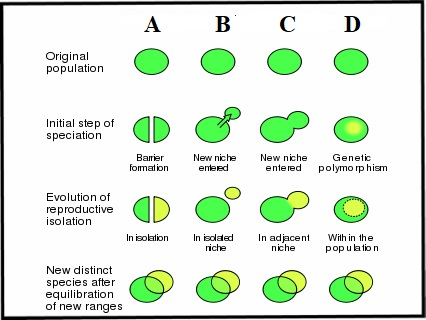#Question id: 358
#Section 4: Fundamentals of Biological Engineering
Consider the following reaction at equilibrium: CO2 + H2O ⇔ H2CO3. What would be the effect of adding additional H2O?
#Question id: 359
#Section 4: Fundamentals of Biological Engineering
What is the concentration of OH− in a solution with an H+ concentration of 1.3 × 10^−4 M?
#Question id: 360
#Section 4: Fundamentals of Biological Engineering
Which of the following is considered to be a strong base (alkali)?
#Question id: 361
#Section 4: Fundamentals of Biological Engineering
Calculate the percentage of histidine that has its imidazole side chain protonated at pH 7.3. The pKa values for histidine are pK1 = 1.8, pK2 (imidazole) = 6.0, and pK3 = 9.2.
#Question id: 362
#Section 4: Fundamentals of Biological Engineering
A 0.01 M solution of a substance has a pH of 2. What can you conclude about this substance?
#Question id: 363
#Section 4: Fundamentals of Biological Engineering
What is the pH of a mixture of 0.042 M NaH2PO4 and 0.058 M Na2HPO4? If 1.0 mL of 10.0 M NaOH is added to a liter of the buffer prepared, how much will the pH change? (pKa = 6.86)

